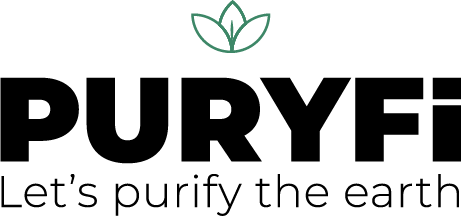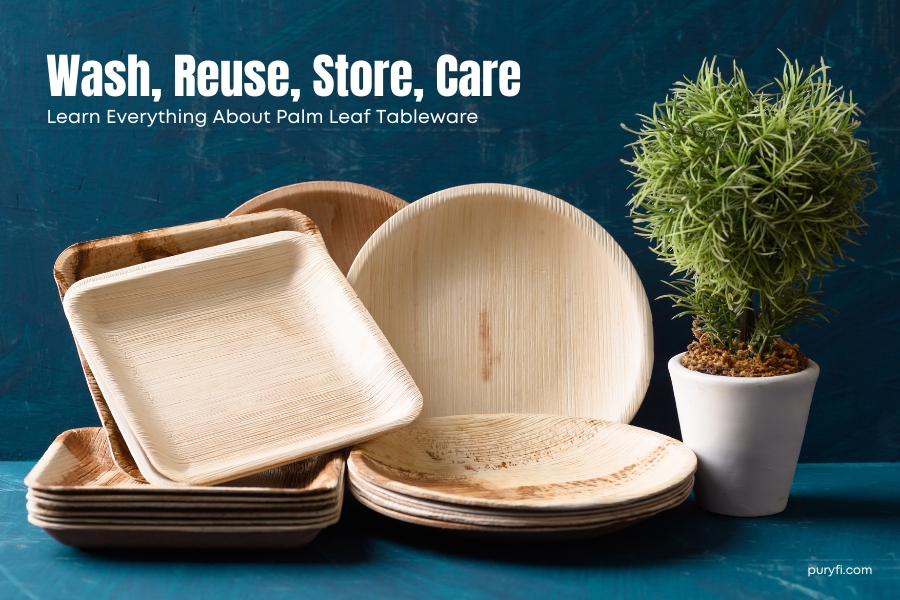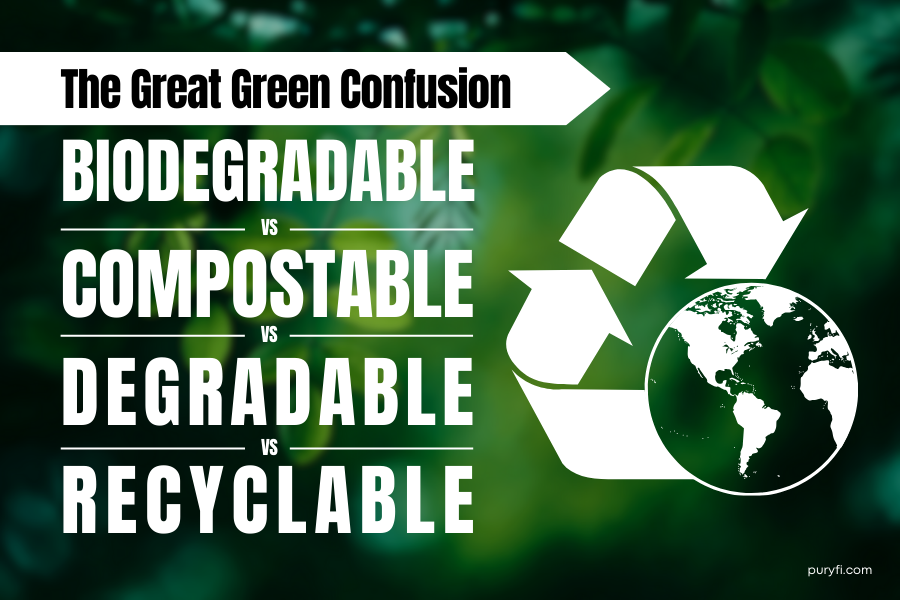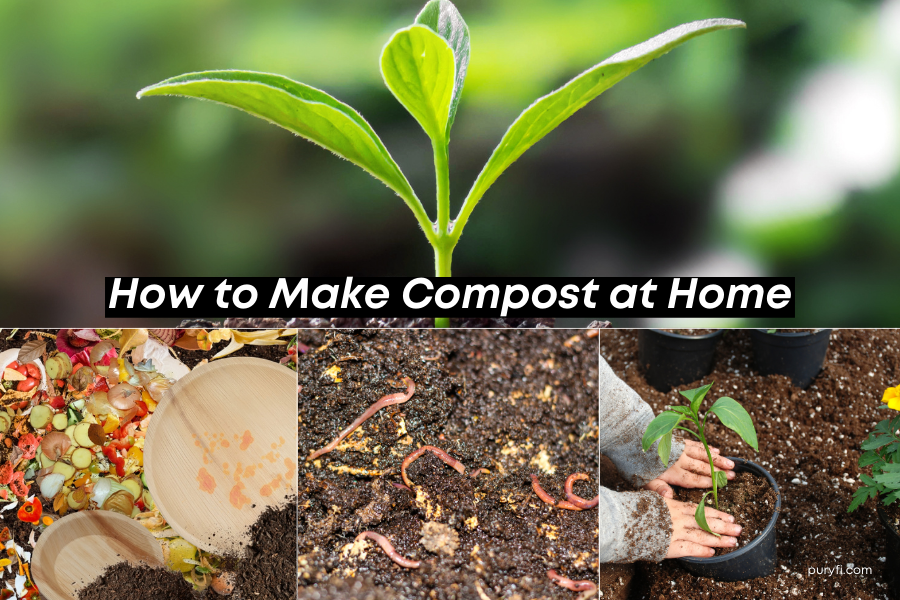If you’ve ever hosted a party, wedding, or family gathering, you know the post-event cleanup is where the real fun begins. Enter eco-friendly tableware, specifically palm leaf plates – nature’s answer to our disposable tableware woes. But before you toss them in the compost bin (or, heaven forbid, the trash), you might wonder: Can you wash and reuse palm leaf plates? Let’s dig in! What Makes Palm Leaf Plates Unique? Palm leaf plates aren’t your average disposable dishware. Unlike flimsy paper plates that collapse under the weight of BBQ ribs or plastic plates that leach chemicals when heated, palm leaf plates are crafted from naturally fallen areca palm leaves. No trees are harmed in the making of this tableware! The leaves are simply collected, cleaned, and pressed into shape using heat – no artificial coatings, chemicals, or glues. But the very properties that make them a sustainable living dream – biodegradability, compostability, and toxin-free construction – also raise questions about their durability. So, how long are palm leaf plates good for? Can they handle multiple washes? If not, is there a way to recycle or repurpose them? Let’s find out! Can You Wash and Reuse Palm Leaf Plates? Yes! But with a few caveats. Palm leaf plates are naturally sturdy and can be reused a few times, provided they haven’t been drenched in greasy sauces or marinara-heavy pasta. They are prime candidates for reuse if you’ve only used them for dry foods like sandwiches, crackers, or cookies. However, soaking them in water or washing them aggressively will cause them to weaken and warp—not precisely ideal for round two at the dinner table. How Do You Clean Palm Leaf Plates? If your plate has survived its first meal unscathed, here’s how to clean it for another go: DO NOT put them in the dishwasher unless you want an abstract art project made from warped palm leaves. DO NOT scrub aggressively! How Long Are Palm Leaf Plates Good For? If properly maintained, palm leaf plates can be reused a couple of times, especially for light, dry foods. However, they’re not designed for long-term use like ceramic or metal plates. Once they start showing signs of wear, like softening, staining, or absorbing odors, it’s time to give them a dignified exit. So, What Do You Do When They Can’t Be Reused? Good news! You don’t have to feel guilty about tossing them out because they are compostable! Can You Recycle Palm Leaf Plates? Technically, no. Palm leaf plates don’t belong in your blue-bin recycling because they’re organic material, not plastic or paperboard. But they can be composted, which is even better! How to Compost at Home? In a home compost pile, they take 6-8 weeks to break down. In industrial composting facilities, it’s even faster. So, next time you’re at a backyard gathering, imagine your plate turning into rich soil instead of sitting in a landfill for centuries like its plastic cousins. Are Palm Leaf Plates Safe to Eat From? Absolutely! They are safer than most disposable tableware options. Unlike plastic, which can leach harmful chemicals when exposed to heat, palm leaf plates are 100% natural and chemical-free. They are also microwave – and oven-safe (up to 350°F for 30 minutes), making them perfect for serving warm meals without worrying about toxic fumes. Creative Ways to Reuse Palm Leaf Tableware If your palm leaf plates are still in good shape, but you don’t want to eat off them again, here are some clever ways to give them a second life: The Bigger Picture: Why Reuse and Compost? Every time you reuse or compost palm leaf tableware instead of tossing it in the trash, you contribute to sustainable living by: The Verdict: Should You Reuse Palm Leaf Tableware? So, the next time you reach for compostable dinnerware, remember that palm leaf plates aren’t just a one-and-done deal. They’re a step toward sustainability, offering multiple uses before returning to the earth where they came from. Small changes make a big impact – one plate at a time! Ready to Go Green? If you’re looking for durable, stylish, and eco-friendly tableware, check out our collection of palm leaf plates, trays, and bowls, perfect for sustainable dining, guilt-free disposability, and even a second (or third) use! Join the Sustainable Living Movement!
The Great Green Confusion: Biodegradable vs. Compostable vs. Degradable vs. Recyclable
Understanding the difference between compostable, biodegradable, degradable and recyclable can mean the difference between genuinely helping the environment and unintentionally contributing to landfill waste.
How to Make Compost at Home: A Step-by-Step Guide to Sustainable Living
Ever tossed out vegetable peels and felt a twinge of guilt? What if I told you that your kitchen scraps could transform into black gold for your garden?



